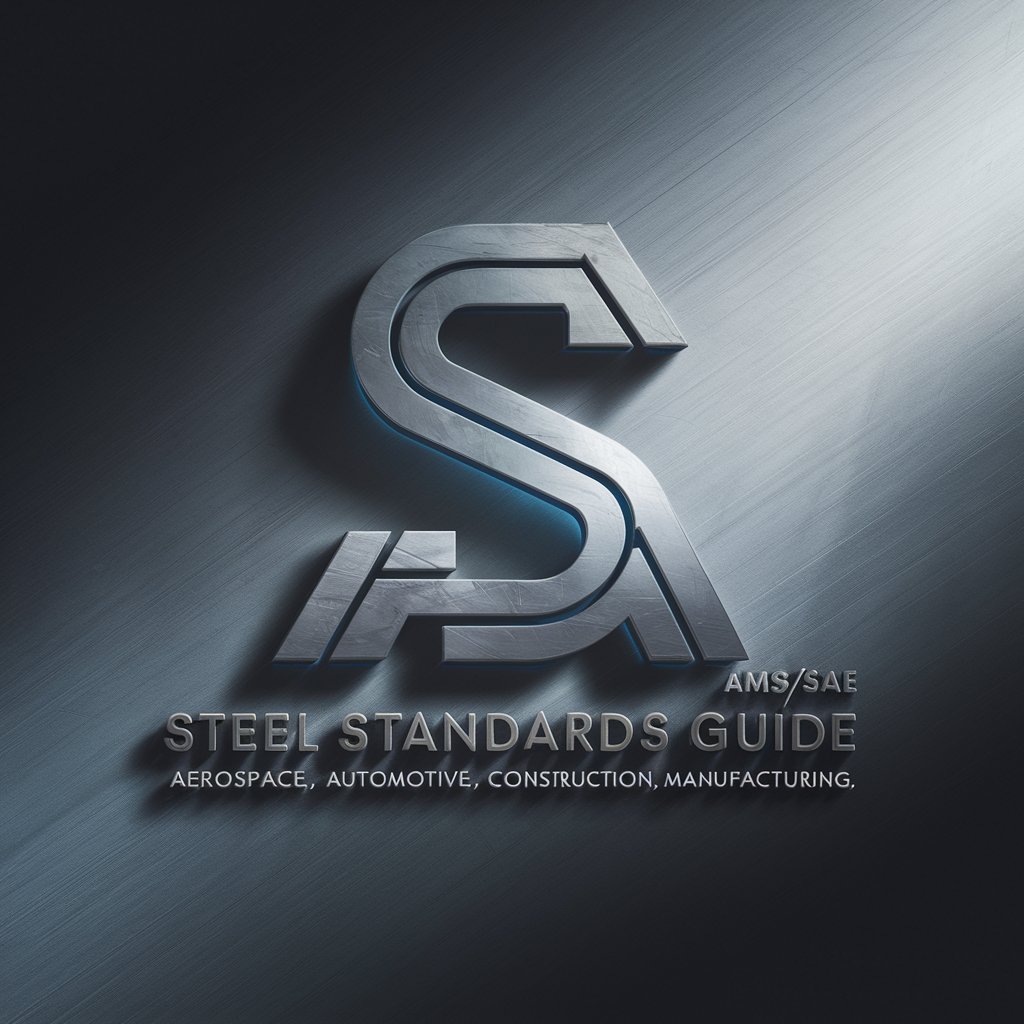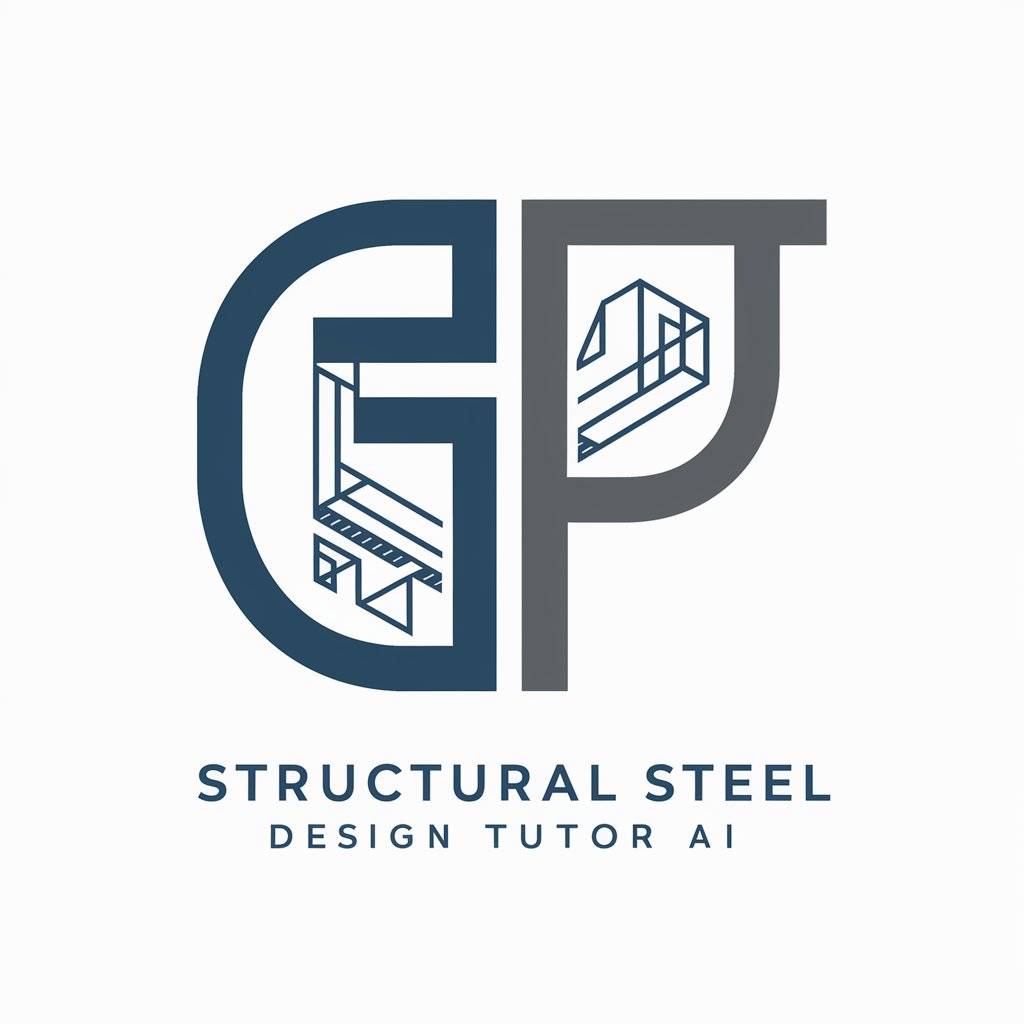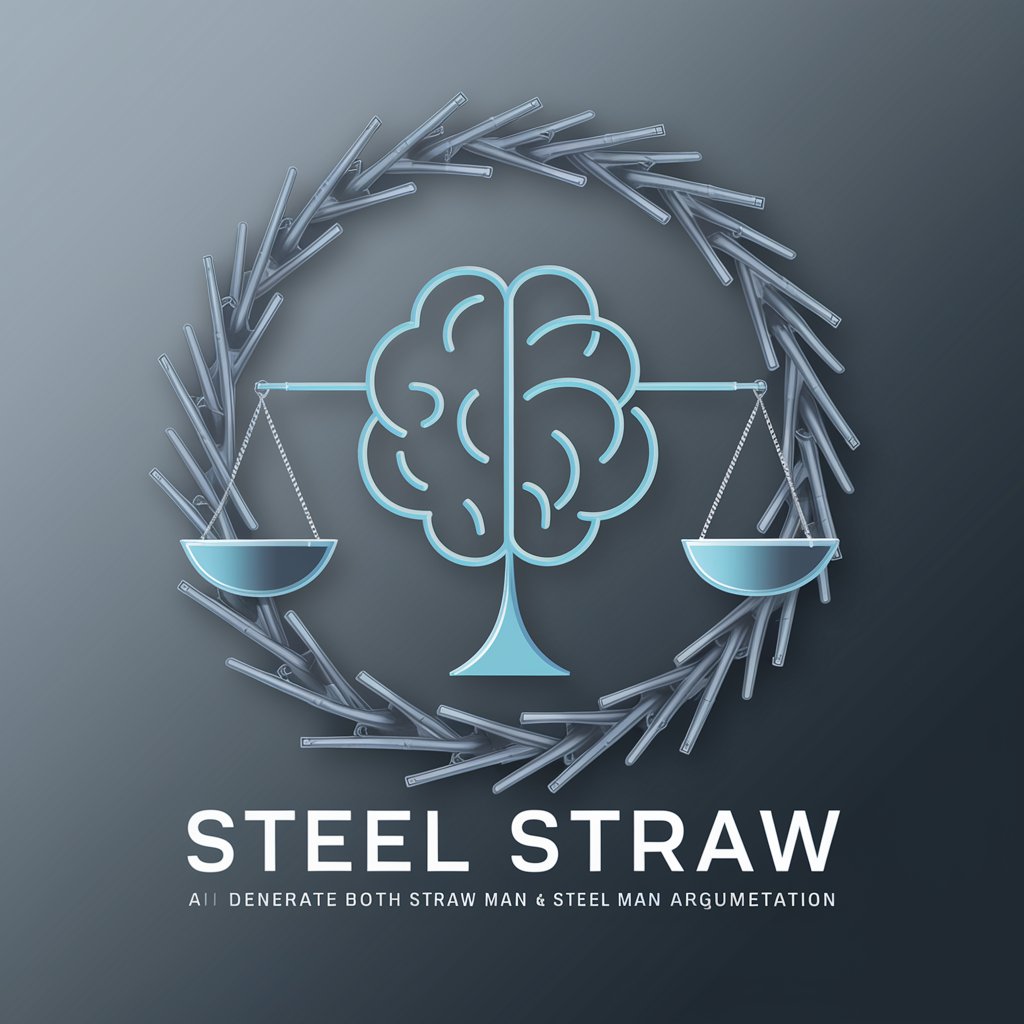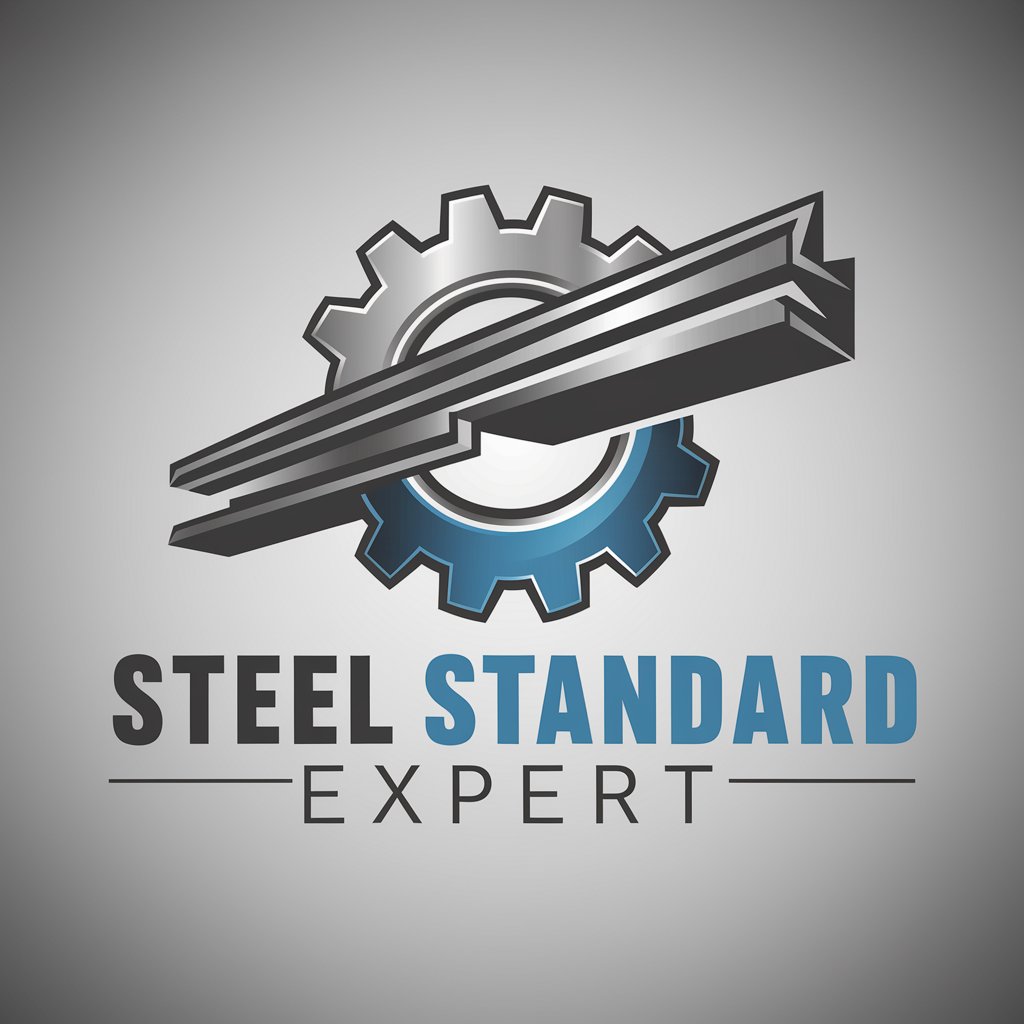Steel Standards Guide - Comprehensive Steel Guide

Welcome to the Steel Standards Guide - AMS/SAE!
Your AI-Powered Steel Standards Navigator
Explain how AMS standards apply to the aerospace industry.
Describe the key differences between AMS and SAE standards in automotive applications.
What are the benefits of using SAE standards in construction projects?
How do AMS standards ensure material quality in manufacturing?
Get Embed Code
Steel Standards Guide: An Overview
The Steel Standards Guide is designed as a comprehensive resource for professionals and enthusiasts seeking in-depth understanding of the complex world of steel standards, specifically focusing on AMS (Aerospace Material Specifications) and SAE (Society of Automotive Engineers) standards. Its purpose is to demystify these standards, making them accessible and understandable. By providing explanations, technical details, and practical examples, the guide bridges the gap between high-level standardization documents and real-world applications. For instance, it can illustrate how SAE 4140, a chromium-molybdenum alloy steel, is specified for its outstanding toughness and used across automotive and aerospace industries for gears, shafts, and other critical components. Powered by ChatGPT-4o。

Core Functions of Steel Standards Guide
Detailed Explanations of Standards
Example
Explains the significance of AMS 5643, which specifies a premium aircraft-quality, corrosion-resistant steel bar, and its applications in aerospace fittings.
Scenario
Engineers designing aircraft components consult the guide to select materials that meet stringent safety and performance requirements.
Comparison and Contrast of Steel Grades
Example
Compares the properties and uses of SAE 1018 versus SAE 1045, highlighting differences in carbon content and tensile strength for varying engineering applications.
Scenario
Manufacturers determining the most cost-effective steel grade for a new line of construction tools.
Real-world Application Guidance
Example
Provides guidelines on the selection of steel grades for automotive suspension components, considering factors such as weight, strength, and fatigue resistance.
Scenario
Automotive engineers designing a new vehicle model consult the guide to ensure optimal material selection for durability and performance.
Who Benefits from Steel Standards Guide?
Engineering Professionals
Engineers across aerospace, automotive, and construction sectors who require precise material specifications to ensure the safety, reliability, and efficiency of their designs.
Educational Institutions
Academic institutions offering courses in materials science, mechanical engineering, and related fields, where students and educators need accessible, accurate information on steel standards for coursework and research.
Manufacturing Sector
Manufacturers and fabricators who need to adhere to specific material standards for product quality and regulatory compliance, especially in highly regulated industries like automotive and aerospace.

Guidelines for Using Steel Standards Guide
Start Your Journey
Begin by accessing a comprehensive steel standards guide without needing to log in or subscribe to any premium service. Simply navigate to the designated website offering this free trial.
Identify Your Needs
Consider the specific steel standard or material specification you are seeking information on. This could range from aerospace materials, automotive components, to construction steel types.
Navigate and Explore
Use the tool's search function or browse through categories related to your industry or material specifications to find the standards relevant to your query.
Utilize Resources
Access detailed descriptions, properties, applications, and compliance information for various steel standards to support your project requirements or academic research.
Ask for Assistance
If you need further clarification or cannot find a specific standard, don't hesitate to use the feature to ask for direct assistance or additional resources.
Try other advanced and practical GPTs
Structural Steel Design Tutor
AI-powered Structural Steel Design Guidance

Steel Pipe Industry Assistant
AI-Powered Steel Pipe Guidance

Steel Straw
Your AI-powered conversational partner

Steel Standard Expert
Empowering Decisions with AI-Powered Steel Insights

Shadow and Steel Bard
Craft Dark Fantasies with AI

Light Gauge Steel Framing
Empowering Construction with AI

Therapy Assist
Empowering you with AI-driven emotional support.

Laptop ASSIST
Empowering IT with AI

Chef Assist
Explore global flavors with AI

Medi Assist
Empowering Healthcare Decisions with AI

Creative Assist
Unleashing Creativity with AI

Blockchain Assist
Empowering blockchain innovation with AI

Frequently Asked Questions about Steel Standards Guide
What are the most common use cases for the Steel Standards Guide?
The Steel Standards Guide is widely used in industries like aerospace, automotive, construction, and manufacturing for selecting the right materials, ensuring compliance with international standards, and aiding in the design and engineering of new products.
Can the Steel Standards Guide help with academic research?
Absolutely, the guide provides invaluable resources for students and researchers looking into material properties, understanding industry standards, and sourcing accurate information for papers, reports, or thesis projects related to material science and engineering.
How up-to-date is the information within the Steel Standards Guide?
The guide is regularly updated to reflect the latest developments, revisions, and new releases of steel standards and specifications from authoritative bodies like the SAE and AMS.
Does the Steel Standards Guide cover international standards?
Yes, it includes information on a broad range of international standards, including but not limited to ASTM, ISO, EN, and JIS, facilitating global compliance and materials selection.
Is the Steel Standards Guide suitable for professionals without a deep technical background?
Definitely. While the guide is rich in technical content, it's designed to be accessible to professionals at all levels of expertise, offering clear explanations and guidance to help make informed decisions regarding steel materials and standards.
